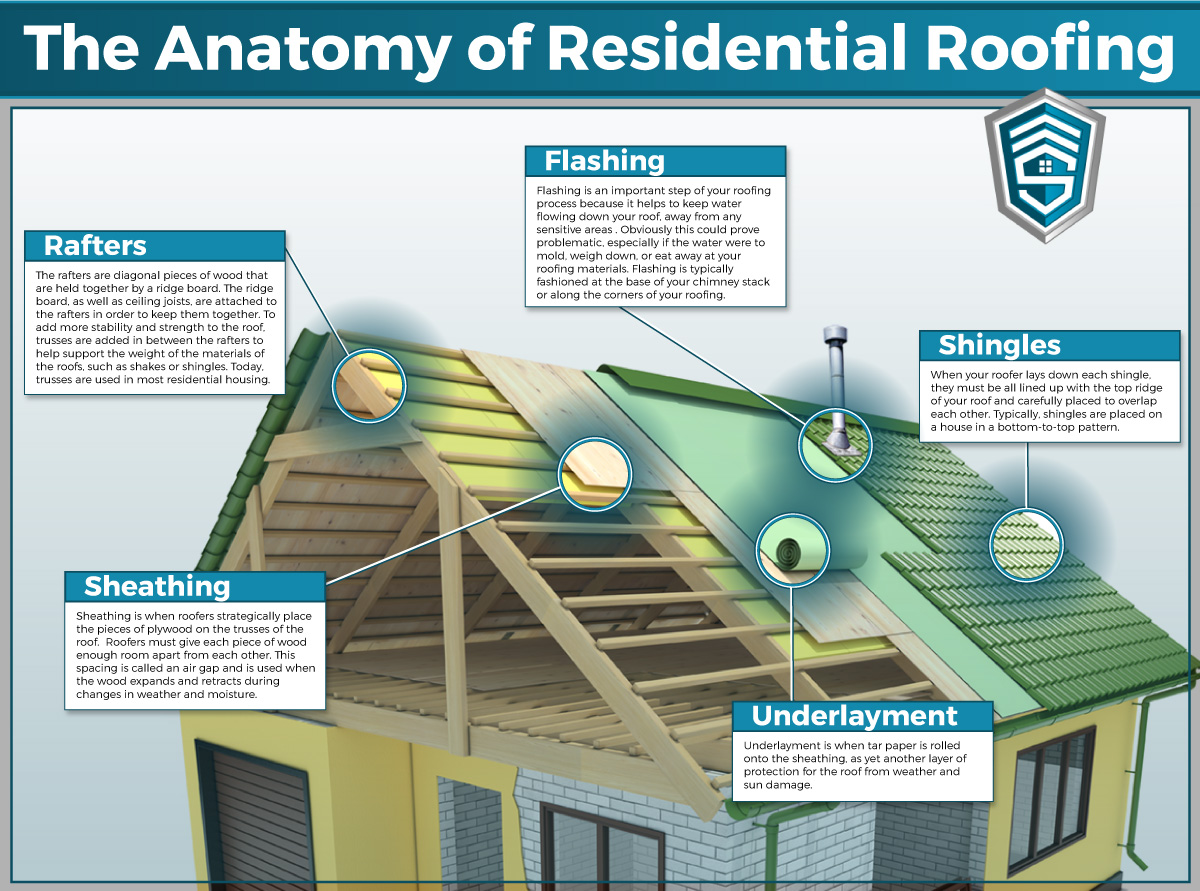Trip Right Into The Detailed World Of Photovoltaic Panel Innovation And Find Just How Sunshine Can Be Transformed Right Into Electricity
Trip Right Into The Detailed World Of Photovoltaic Panel Innovation And Find Just How Sunshine Can Be Transformed Right Into Electricity
Blog Article
Web Content Written By-Vittrup Bach
So, you've read about photovoltaic panels and their potential to produce electrical energy from sunlight, but exactly how specifically do they function? Understanding the complex technology behind photovoltaic panels can be a fascinating journey into the globe of renewable resource. From the standard principles of photovoltaic cells to the detailed parts that comprise a solar panel system, there's an entire world of knowledge waiting to be discovered. Allow's untangle the secrets of photovoltaic panel modern technology with each other.
Solar Panel Technology Principles
To really grasp the significance of photovoltaic panel modern technology, you have to look into the essential principles that underpin its performance. Solar panels include solar batteries, commonly made from silicon, which have the impressive ability to convert sunshine right into electricity with the photovoltaic result. When sunshine strikes the cells, the photons in the light interact with the silicon atoms, triggering the electrons to damage without their atomic bonds. This develops an electrical current that can then be used for powering different devices.
The vital component of solar panels is the semiconductors within the solar batteries, which assist in the conversion of sunshine into usable power. These semiconductors have both favorable and negative layers, producing an electric field that permits the circulation of electrons.
This circulation of electrons, when linked in a circuit, creates straight current (DC) electrical energy. Comprehending these basic principles is important for valuing just how solar panels can harness the sun's power to power homes, services, and also satellites precede.
How Solar Panels Generate Electrical Energy
Solar panels harness the sun's energy by transforming sunlight right into electrical energy via a procedure called the solar effect. When sunlight hits the solar panels, the photons (light particles) are absorbed by the semiconducting materials within the panels, typically made of silicon. This absorption generates an electrical current as the photons knock electrons loosened from the atoms within the material.
Recommended Reading within the solar batteries then compel these electrons to flow in a details direction, producing a direct existing (DC) of electrical power. This straight current is after that passed through an inverter, which converts it into rotating current (A/C) electrical power that can be used to power your home or service.
https://www.ecowatch.com/solar/best-companies/sunpower-vs-tesla-solar generated by the solar panels can be stored in batteries for later usage or fed back right into the grid for credit rating via a procedure called net metering. Recognizing just how solar panels generate power is critical to appreciating the environmental and cost-saving benefits of solar energy systems.
Recognizing Solar Panel Parts
One critical facet of solar panel technology is understanding the various components that comprise a photovoltaic panel system.
The key parts of a photovoltaic panel system include the solar panels themselves, which are composed of photovoltaic cells that transform sunlight into electrical power. These panels are installed on a structure, commonly a roof covering, to capture sunshine.
Along with the panels, there are inverters that transform the straight existing (DC) electricity created by the panels into alternating existing (AIR CONDITIONING) electricity that can be utilized in homes or services.
The system also includes racking to support and place the photovoltaic panels for optimum sunshine exposure. Additionally, cables and connectors are vital for transferring the electricity created by the panels to the electrical system of a building.
Lastly, a tracking system might be included to track the efficiency of the photovoltaic panel system and ensure it's operating efficiently. Recognizing these components is vital for anyone aiming to set up or use solar panel modern technology effectively.
Conclusion
Now that you understand the fundamentals of photovoltaic panel innovation and exactly how it works, you can value the power of using sunlight to create clean and renewable energy for your structure. By utilizing the photovoltaic or pv impact and components like inverters and keeping track of systems, you can add to an extra lasting future while additionally possibly saving money on power costs. Keep knowing and discovering the possibilities of solar power for a greener tomorrow.
